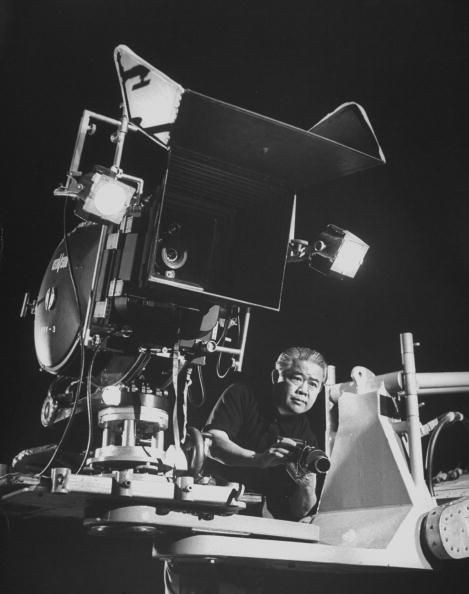Who Was James Wong Howe? Google Doodle Pays Tribute To Ace Cinematographer

Google on Monday marked the 118th birthday of James Wong Howe with a doodle dedicated to the ace Chinese-American cinematographer. Born Wong Tung Jim in 1899, the Oscar winning cinematographer was deemed one of the most influential cinematographers of his time. Even after his death, he continued to inspire the filmmakers with his work.
Howe was born in Guangzhou, China, and immigrated to the United States when he was just five. His family settled in Washington D.C. where he attended high school. He then went to California “looking for adventure,” he confided during a lecture at Carnegie Hall in 1970.
During his initial years in California, he delivered stag films (a category of pornographic films, produced in the first two-thirds of the 20th century) by pedaling around on a bicycle, he further revealed during the lecture. Howe then got a job at one of the studios in the city where he was required to hold up the slate in front of the camera that mentioned the scene number and the takes.
Best known for his work during the silent film era, Howe's big break came through still photography after he found a way to make silent film star Mary Miles Minter 's eyes look darker by capturing a picture of her when she was looking at a dark surface. The actress then asked for Howe to be the director of photography on her next film, “Drums of Fate,” where he employed innovative practices like framing the camera in black velvet to make Minter’s eyes seem bluer.
Howe worked in what is now known as Film Noir cinema, which uses low-key lighting along with black-and-white visuals. Howe was considered a master in using low-key lighting technique to create shadows to express emotions on screen, which earned him the nickname "Low Key Howe."
He was also one of the first few people to use the crab dolly — a camera dolly with four wheels and a movable arm. He is also credited with using the deep focus technique where both the background and the foreground are in focus, almost a decade before Gregg Toland used it in the movie, "Citizen Kane."
Having worked for 130 films, Howe won the Academy Award for cinematography twice for “The Rose Tattoo “(1955) and “Hud “(1963). He featured in a list of 10 most-influential cinematographers in a survey of the members of the International Cinematographers Guild in the U.S. and excelled despite facing racial discrimination throughout his career.
Howe stated his views of a cameraman's responsibility in an article, The Cameraman Talks Back, that read: “By its varied parts, he faces a job of integration on his own. Throughout the picture, there is that shared responsibility of keeping to the schedule; this, with all its other implications, means the executive ability to keep the set moving. He has a general responsibility to fuse the work of all the technical departments under his direction in order to achieve the equality of the story.”
© Copyright IBTimes 2024. All rights reserved.





















